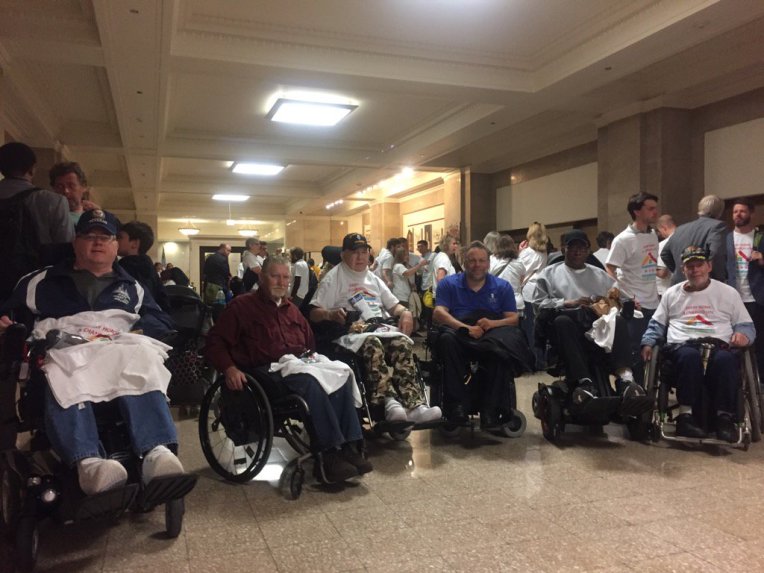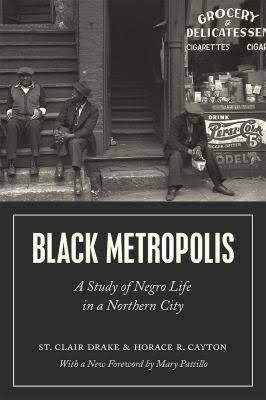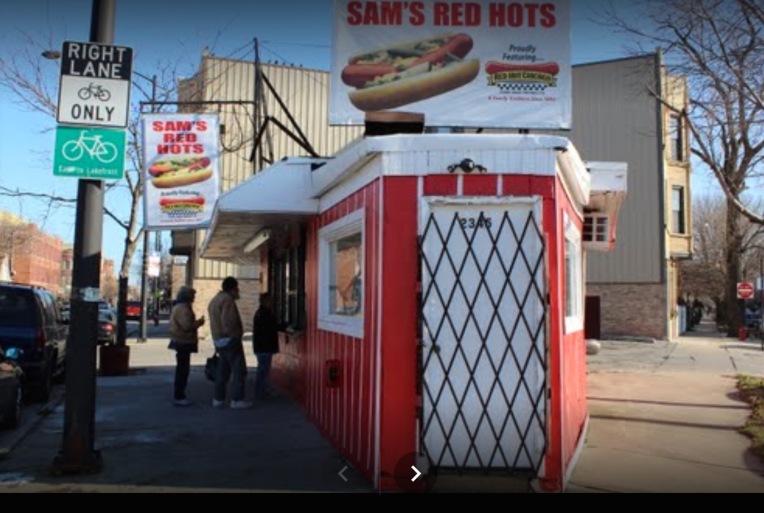
John Arena, the Chicago alderman from the city’s far north 45th ward, supports an 80 unit affordable housing project on Milwaukee Avenue near a CTA/Metra train stop.
Arena, a member of the City Council’s Progressive Caucus, supports it because it is a good idea.
Milwaukee Avenue is seeing construction of high density residential buildings near public transportation as it runs through all different wards from Wicker Park and Uke Village up to Arena’s Jefferson Park.
Many of the developments have witnessed anti-gentrification protests. The $4,000 a month rental units in the newly constructed high rise buildings in Logan Square are viewed rightly as a threat to the affordability of what was once a working class, multi-racial but mainly Latino community.
Arena’s Jefferson Park project is different.
It brings needed density, affordability and diversity to a neighborhood that needs all three.
Needed density?
Sure. Walk around Jefferson Park near the transit stations and you will see empty store fronts. Neighborhoods need a certain level of density to support a neighborhood economy.
Unless you like driving to a Mariano’s every time you need a quart of milk and a loaf of bread.
The project includes 20 units subsidized by the Chicago Housing Authority, 20 for disabled people, 20 for veterans and 20 that will rent at market rates.
There is a clear racist tone to the opposition.
It is a tell when speakers opposing the Jefferson Park project show up (out-numbered two to one by those who support it) at a City Council hearing feel compelled to start their testimony by denying their racism.
It’s like that racist uncle who at Thanksgiving starts his annual racist tirade by saying, “I don’t want to sound like a racist, but…”
The fight for open housing, affordable housing and for desegregated communities has always been a tough fight in our City.
When Martin Luther King came north, he came to Chicago to fight this fight and was met with racist resistance he said was worse than anything he saw down South.
The Jefferson Park project was approved unanimously by the aldermen in committee yesterday. The project will go forward.
We need more of this.
We need more aldermen like John Arena.
And we better have his back when election time comes around again.

